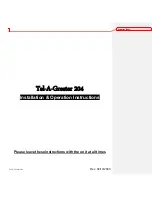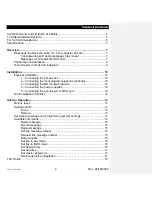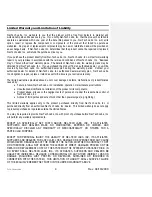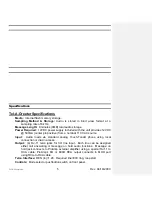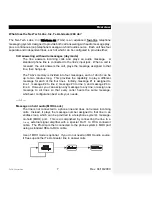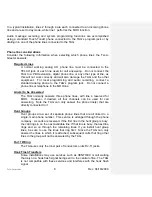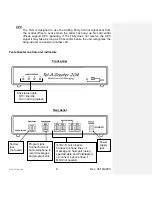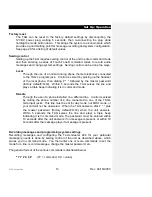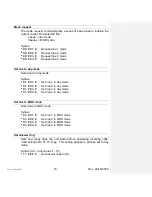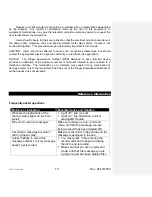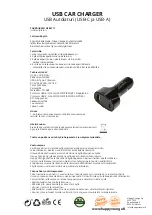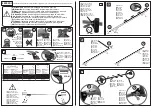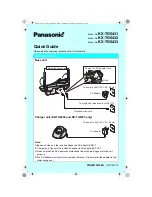
Tel-A-Greeter 204
13
Rev. 04/19/2000
Set Up / Operation
Factory reset
The TAG can be reset to the factory default settings by disconnecting the
12VDC power plug, waiting 5 seconds, then re-connecting the plug while
holding the mode button down. This brings the system to a known state which
provides a good starting point for message recording and system configuration.
See page 20 for a listing of default values.
Seizing control
Setting up the TAG requires seizing control of the unit to enter command mode
and then entering a series of Touch-Tone® command codes to record audio
messages and change system settings. Seizing control can be done two ways:
Local
Through the use of a normal analog phone (home telephone) connected
to the TAG’s program jack. Control is seized by picking up the handset
of the local phone, then dialing
# * *
followed by the master password
(factory default=
1234
). Within 5 seconds the TAG seizes the line and
plays a triple beep indicating it is in command mode.
Remote
Through the use of a phone installed on a different line. Control is seized
by calling the phone number of a line connected to one of the TAG’s
telco input jacks. This line must be set for day mode, not MOH mode, or
your call will not be answered. When the TAG answers, dial
# * *
plus
the master password (factory default=
1234
) when the unit answers.
Within 5 seconds the TAG seizes the line and plays a triple beep
indicating it is in command mode. The password must be entered within
10 seconds after the unit answers if no message is present, or within 10
seconds after the message plays if a message is present.
Recording messages and programming system settings
Recording messages and configuring the Tel-A-Greeter 204 for your particular
messaging needs is done by seizing control of the unit as described above, which
places you in command mode. You then enter one or more commands to set the
mode for a line, record messages, change the master password, etc.
The general format of the various commands is illustrated below:
* Y Y # X X #
(YY = command, XX = value)

